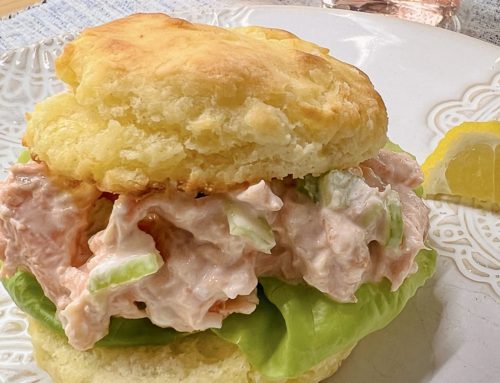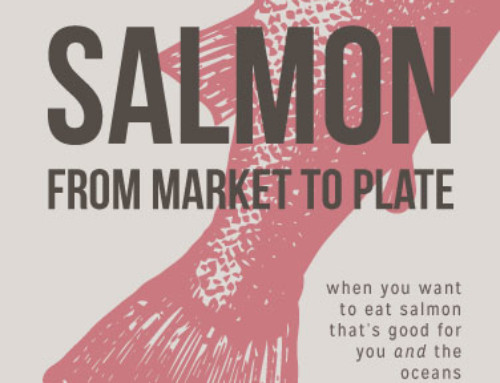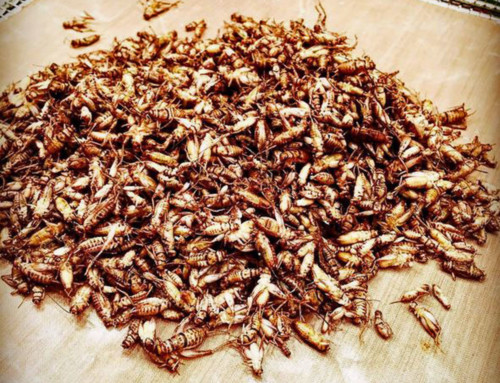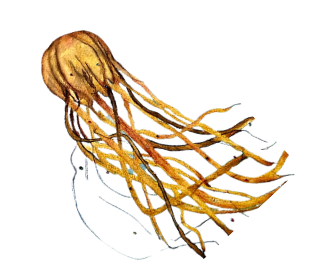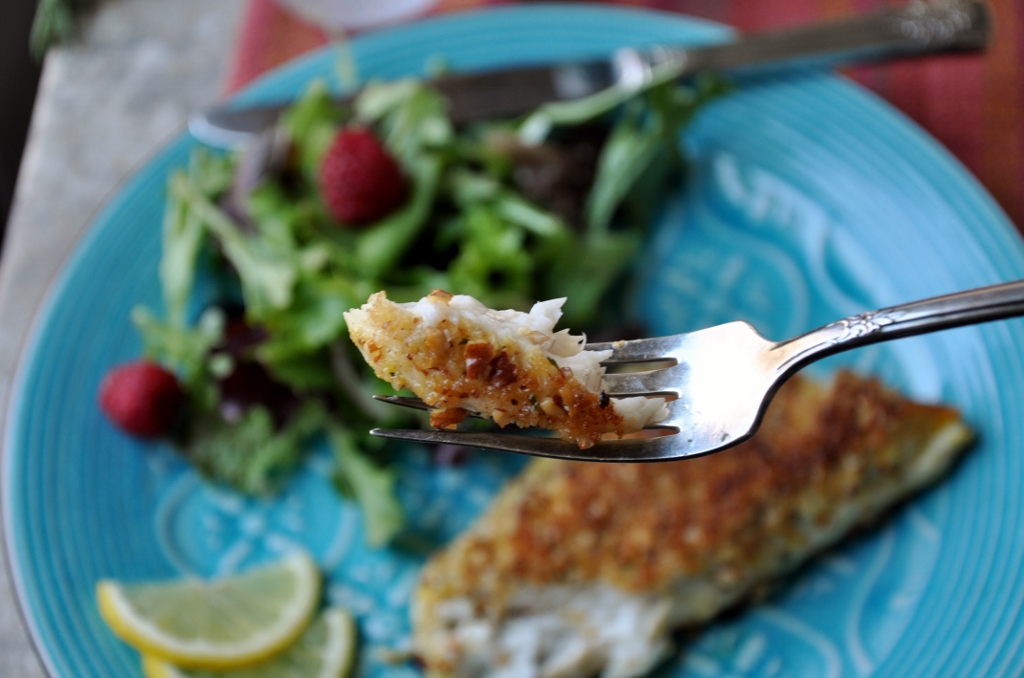 What is the connection between the three?
What is the connection between the three?
March 10 through 16 celebrates Brain Awareness Week, “a global campaign to increase public awareness of the progress and benefits of brain research,” according to its website.
It’s a fact. Moderate amounts of the right types of fish (meaning those without high levels of mercury and pcb’s) are good for your brain, heart, waistline and overall health.
Studies show that as early as birth, the benefits of eating seafood are good for brain activity.
According to Harvard school of public health, “Both observational studies and controlled trials have also demonstrated that the omega-3 fats in fish are important for optimal development of a baby’s brain and nervous system, and that the children of women who consume lower amounts of fish or omega-3′s during pregnancy and breast-feeding have evidence of delayed brain development.”
While eating the right seafood is important to overall health and wellness, spiritually is another part to overall health.
Lent, the forty-day period of fasting, reflection and for many, the time to “give up” something, arrived March 5. There are seven Fish on Friday’s, the popularized term used for abstaining from eating meat on Friday during Lent, or any other time of the year.
Now, I grew up under the cloak of the Catholic church, so you might want to chew on this for a different perspective about the ritual, “Lust, Lies and Empire: The Fishy Tale Behind Eating Fish On Friday,” from NPR’s The Salt.
In addition to meatless meals on Friday, Fish on Friday has a significant impact on sales in the seafood industry. I write (or is it speak? I can never decide) from years of personal experience selling to restaurants and buying fish in the commodity fish business in Florida to know this fact.
So what does all of this mean for you?
It’s not enough that you eat seafood (on Friday or whenever) for a healthier mind, body and spirit.
It is that you make sustainable seafood choices when you buy fish at the market.
How do you do that?
Give up eating seabass, orange roughy, Bluefin tuna and cod. These species are either overfished or use fishing practices not conducive to long-term sustainability.
Instead, eat Arctic char, striped bass, clams, mussels, halibut, trout and albacore tuna. These fishing stocks are healthy, and don’t use fishing methods that harm the environment.
Find an App or seafood guide that targets seafood in your area of the country.
Popular, trustworthy Apps and guides include Monterey Bay Aquarium Seafood Watch and Blue Ocean Institute Fish Key guide.
Also, be aware that seafood retail markets are jumping on board with sustainable seafood choices by color coding the fish labels to help you make the right choice at the fish counter.
Look for the blue colored MSC certified label, and the colored coded labels in stores like Whole Food Market, Trader Joe’s and more: green, yellow and red, for best choice, good alternative and avoid, respectively.
And as always, ask.
My mother used to say, “If you don’t ask, you’ll never get what you want.” I love that she taught me that.
Ask where your fish comes from and how it was fished. Even if the fish counter person doesn’t know, the more questions they are asked, the sooner they will find an answer for you.
It can be daunting to know which species of flounder is good to eat and whether sashimi tuna is the right choice when you are standing at the counter, hungry and starved for time, and all those seafood fillets are glistening, firm and fresh-looking.
Since your brain, that magnificent three-pound organ, with its 100 billion neurons, and one quadrillion connections is always hungry for more information, nourish it, make the connection and make the right choice.
Need an easy-to-prepare trout recipe?
I got you covered.
Appetite required.
Pecan Rosemary-Crusted Trout
Serves 4 for lunch, 2 for dinner
Cook’s notes: Have all sides and salads ready before you cook the trout. Trout filets take little time to cook.
Ingredients
- 2 sides trout cleaned
- 1/8 teaspoon kosher salt
- 1/8 teaspoon black pepper
- 1 egg
- ½ cup panko bread crumbs (or stale bread crust, chopped to a similar consistency)
- ½ cup chopped, toasted pecans
- 2 tablespoons chopped fresh rosemary
Directions
- Cut the trout down the back through the skin to make four pieces.
- Salt and pepper the trout. Cover and refrigerate until ready to cook.
- In a small bowl, beat the egg.
- In a medium bowl, combine the bread crumbs, pecans and rosemary. Add more rosemary if desired.
- Set up a wire rack large enough to hold the four pieces of trout.
- Remove trout from the refrigerator, uncover and lay skin side down on the rack.
- Use a basting brush and paint the flesh side of the trout with egg.
- Spoon the pecan bread mix over the filets, one tablespoon at a time, pressing as you go to create a uniform coating.
- Let fish rest while you heat the skillet on medium high heat, about four minutes.
- Reduce the heat to medium. Add butter and olive oil. Swirl to coat the surface. When the butter foams, place the trout, bread side down in the skillet. (Work in batches if you have a small skillet. Do not overcrowd the fish or you won’t get a nice brown crust.)
- Use a fish spatula and turn the filets after two to three minutes, or when you smell the bread toasting, careful not to burn the crust. Reduce heat to medium low if necessary.
- Continue cooking filets skin side down two to three minutes, depending on thickness.
- Check for doneness by placing a meat thermometer in the thickest part of the filet. Remove and place on the inside of your wrist. The thermometer should be warm to the touch.
- Serve immediately.
Got a question about seafood? Drop me a line, or sign up to have my posts delivered to your inbox, because CSS is so yesterday.
Thanks for stopping by,
Maureen



